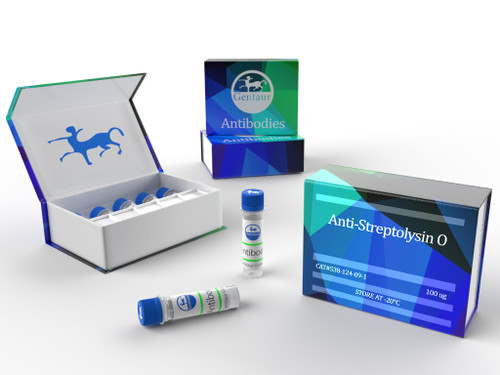Anti-Streptolysin O
Antistreptolysin O (ASO) titer is a blood test to measure antibodies against streptolysin O, a substance produced by group A streptococcus bacteria. Antibodies are proteins our bodies produce when they detect harmful substances, such as bacteria.
Alternative Names
ASO titer; ASLO
How the Test is Performed
A blood sample is needed.
How to Prepare for the Test
DO NOT eat for 6 hours before the test.
How the Test will Feel
When the needle is inserted to draw blood, you may feel moderate pain, or only a prick. After the test, you may have some throbbing at the site.
Why the Test is Performed
You will need the test if you have symptoms of a previous infection by group A streptococcus. Some illnesses caused by this bacteria are:
- Bacterial endocarditis, an infection of the inner lining of your heart
- A kidney problem called glomerulonephritis
- Rheumatic fever, which can affect the heart, joints, or bones
- Scarlet fever
- Strep throat
The ASO antibody may be found in the blood weeks or months after the strep infection has gone away.
Normal Results
A negative test result means that you do not have strep infection. Your health care provider may do the test again in 2 to 4 weeks. At times, a test that was negative the first time may be positive (meaning it finds ASO antibodies) when done again.
Normal value ranges may vary slightly. Talk to your provider about the meaning of your test results.
What Abnormal Results Mean
An abnormal or positive test result means you recently had a strep infection, even if you had no symptoms.
Risks
Veins and arteries vary in size from person to person, and from one side of the body to the other. Because of this, it may be harder to get a blood sample from some people than it is from others.
Other risks associated with having blood drawn are slight, but may include:
- Excessive bleeding where the needle is inserted
- Fainting or feeling lightheaded
- Hematoma (blood buildup under the skin)
- Infection (a slight risk any time the skin is broken)

